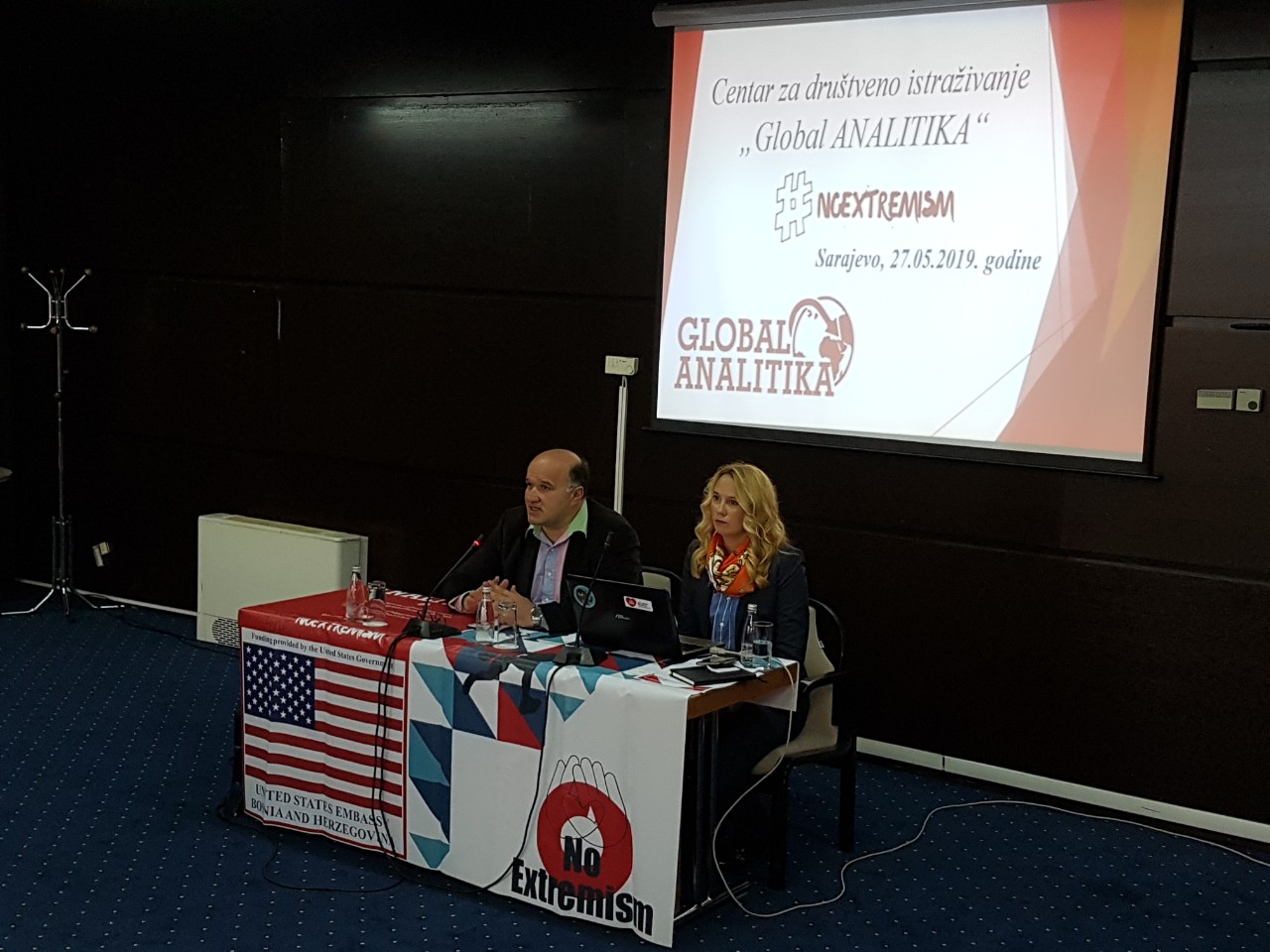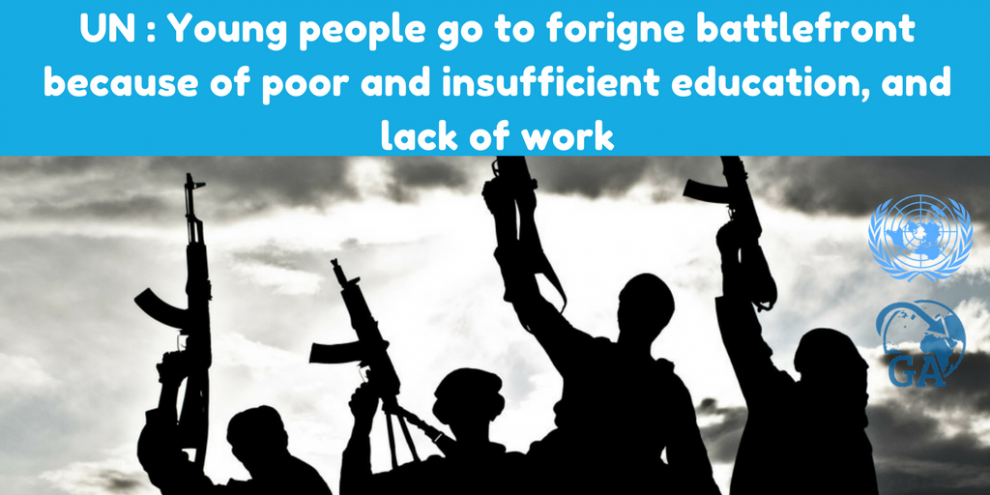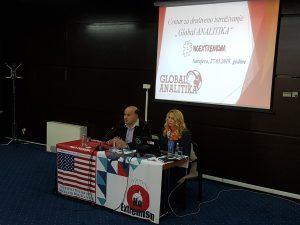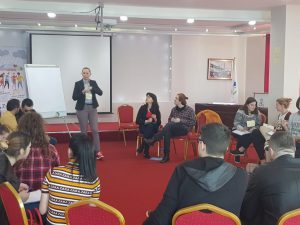A recent UN study has shown that 43% of people leaving their homelands to become fighters in war games have a gloomy past, often without quality education and decent work, and religion is perceived solely through the prism of justice and injustice, not in the context Devotion and spirituality, the New York Times reports.
A study commissioned by the UN Anti-Terrorist Center on August 3rd, based on interviews with 43 people (men and women), shows that “fighters at foreign battlefields” are most often young men with the feeling that their life lacks meaning.
However, Professor Hamed el Said of Manchester Metropolitan University and the well-known British terrorism expert Richard Barett, who conducted the study, say that, in addition to this previous statement, there is little possibility of generalization.
They cite “a mixture of factors” as the causes of radicalization, “but they emphasize that social networks seem to play a key role.” Equally, the important factor is the sense of connectivity and identity among recruits, which are not necessarily part of armed groups, but they are sympathizers.
Almost 40 percent said their departure in Syria was motivated by a sense of obligation to defend Sunits from the forces of the Syrian government and their allied forces. This shows that the majority of youth who decide to join the conflict regard it as a conflict of communities, and not a religious conflict in the strict sense. The authors of the study state that the sense and perception of duty to defend their community in conflict is “an important element in understanding what motivates individuals to go to the battlefield.” The answers of others cite “the lack of ideology” after going to the battlefield, while none of them mentioned, for example, That the departure was motivated by the desire to establish the Caliphate in Levant.
According to the UN estimates from 2015, there were about 25.000 fighters from over 100 countries on foreign battlefields.
The authors add that the problem of going to the battlefield has risen to the top of the scale in the political agendas of many countries and that there is little real knowledge why individuals decide to become part of terrorist organizations and why they decide to return later. They also add that this is one of the largest studies conducted in the form of direct face-to-face communication with former fighters, and therefore believe that it contributes to ongoing research.
This study includes 43 people, 12 different nationalities, 33 or 77 percent of whom were able to come to Syria and return, while the other 10 were stopped in attempts to reach the battlefield in the territory of their country or somewhere along the route to the destination, i.e. Countries of transit. The authors state that 26 people were interviewed in prison, the other 17 with official approval at previously agreed public places, in cooperation with security services, but without their presence.
Despite the UN’s request, the authors expressed regret that only seven countries agreed to participate in the study – three from the European Union and four from the Middle East and North Africa.
Interviewed persons said that they did not go to Syria to become terrorists, nor did they return to their countries with that intention. They add that on arrival they only passed through basic training without firing live ammunition. Only five out of 43 interviewed people admitted that they were participants in the fight.
The study shows that the family plays a significant role in persuading people to return to their homelands, but the role of disappointments and “broken illusions” during their stay in Syria should also be emphasized.
El-Said and Barret express hope that the study will “help UN member states in developing and implementing their own policies and programs designed to discourage those who are thinking about going to Syria and help reintegrate into the society those who have returned from the battlefield, or will soon return “with a minimum risk to public safety.
More about the study at the following link: http://www.un.org/en/counterterrorism/assets/img/Report_Final_20170727.pdf










